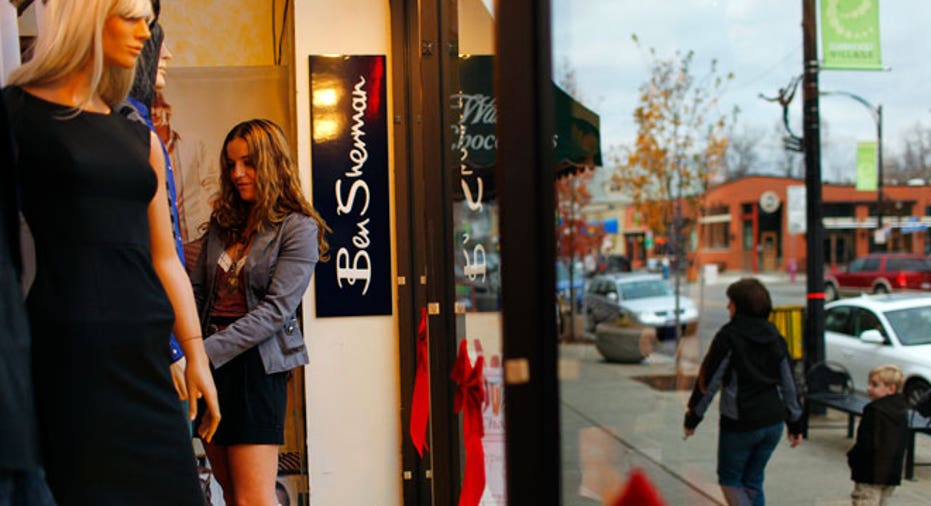Why 'Webrooming' Could Bring Customers Back Into Stores

Is America's love affair with online shopping waning? The attraction hasn't disappeared completely, but new research has found that consumers are increasingly heading to local stores to purchase items that they've researched online.
Webrooming, the practice of researching items online and then purchasing them in-store, is the reverse of showrooming — browsing for items in a store and purchasing them online later. The latter trend has harmed small brick-and-mortar retailers, who have to compete against e-commerce giants like Amazon. Despite the relative prevalence of showrooming, webrooming has actually been gaining in popularity lately, according to a recent report by merchant services provider Merchant Warehouse.
"Brick-and-mortar businesses pay a lot of attention to showrooming, and rightfully so, because testing products in-store and then price shopping or buying online directly affects the bottom line for retailers," said Chris Wuhrer, Merchant Warehouse's senior vice president of strategic initiatives and product marketing. "But [Merchant Warehouse found that] while about 60 percent of webroomers have showroomed, nearly 90 percent of showroomers have webroomed.This means that people often prefer making purchases in-store."
While the "retail experience" — being able to touch, feel and try out a product before purchasing — is part of the draw of in-store shopping, many consumers also find that the "convenience" of e-commerce isn't really worth it. Nearly 75 percent of survey respondents said they will visit a store to buy an item they've researched online because they don't want to pay for shipping or don't want to wait for delivery, and 37 percent said they liked the option of returning the item in-store, rather than having to ship it back. [6 Ways Retail Is Changing]
So how can retailers take advantage of webrooming to bring customers back into their stores? Wuhrer said the answer lies in omnichannel marketing.
"A unified marketing approach across channels can be the catalyst to create more in-store transactions," he told Business News Daily. "Consumers have a number of different ways to interact with businesses. They can go in-store and get advice from salespeople, try items on, [and] touch and feel items to know the quality of what they intend to buy. They can go online, conduct research, identify the exact products they want, and even price shop. Or, via smartphone, they can identify products and stores that are close to them and make a decision based on convenience. Brick-and-mortar businesses need to be thinking about how to appeal to consumers on all of these channels."
Of these channels, mobile should be the one that retailers focus on most, Wuhrer said. Merchant Warehouse found that 80 percent of local searches on mobile devices turn into purchases, and about 75 percent of those purchases happen in-store and same day. Wuhrer advised implementing customer loyalty programs through a mobile-based app, which can remind customers to come into the store and take advantage of special offers.
Other tactics for encouraging webrooming include offering online coupons for in-store purchases, providing in-store pick-up for online orders, keeping in-store inventory up to date with your online catalog, and ensuring a consistent customer service experience both on the Web and in your store, Wuhrer said.
Originally published on Business News Daily.



















